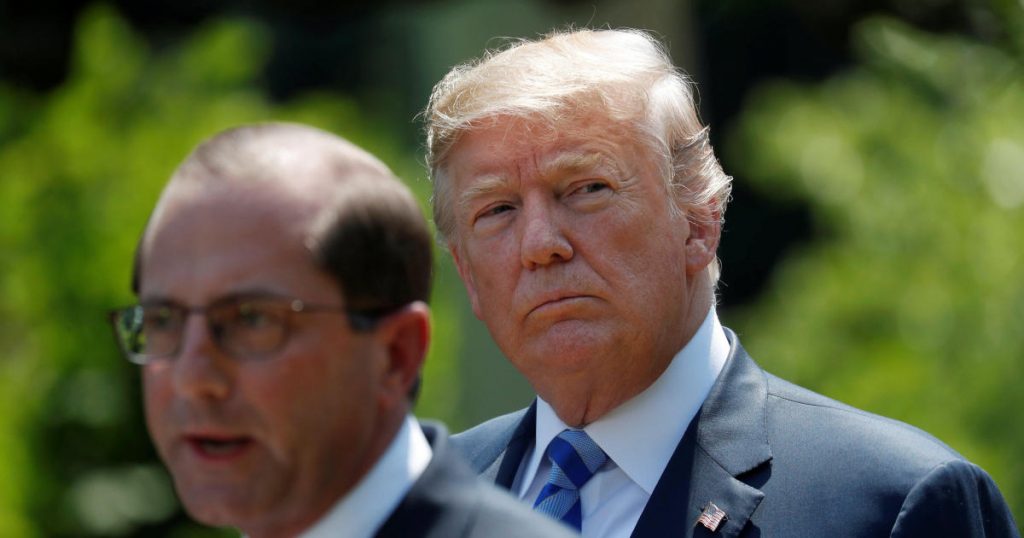
It took nearly three years to happen, but oil prices finally did it. This week, prices for West Texas Intermediate (WTI) crude oil, the most popular benchmark for crude in the U.S., topped $70, and held there for the first time since 2014 — the year oil collapsed on the back of one of the biggest gluts in modern history.
The market has come a long way since then. After bottoming out at $26 in January 2016, oil traded in a range between $40 and $55 for the next two years. It broke through the $60 barrier earlier this year, and now just a few months later, is knocking on the door of $70.
While supply-and-demand fundamentals have steadily tightened over the past few years, the latest push higher stems more from geopolitical factors than anything else. On Tuesday, President Trump announced his decision to pull the U.S. out of the Iran nuclear deal, raising concerns about Middle East oil supplies — Iran’s in particular.
More from ETF.com:
World of difference in these int’l ETFs
Stocks & rates have room to run
Vanguard begins sector transition
Now that it’s left the accord, the U.S. intends to reimplement sanctions on Iran following certain “90-day and 180-day wind-down periods,” according to Treasury Secretary Steven Mnuchin.
“At the conclusion of the wind-down periods, the applicable sanctions will come back into full effect. This includes actions under both our primary and secondary sanctions authorities,” Mnuchin added.
Analysts say renewed sanctions on Iran could prove detrimental to Iran’s oil exports, which currently total 2.5 million barrels per day. In particular, secondary sanctions, which punish companies and individuals of other countries for doing business in Iran, may make it difficult for Iran to sell its oil even as other signatories to the nuclear accord — such as Europe, Russia and China — pledge to remain in it.
Between 2012 and 2015, before the nuclear accord and when Iranian sanctions were in full effect, Iran’s oil exports fell as low as 1.1 million barrels per day. How drastic the decline in exports is this time remains to be seen, and largely depends on how aggressive the Trump administration is in trying to get other countries to stop buying Iranian oil.
Some analysts believe that because the sanctions are less coordinated this time around, the hit to Iranian exports would only amount to a few hundred thousand barrels per day.
“The amount of oil that would be removed would be lower, and at this point, maybe 300,000 to 500,000 barrels a day,” Daniel Yergin, vice chair of IHS Markit, told CNBC. Richard Nephew, senior research scholar at Columbia University’s Center on Global Energy Policy, added that China and India may continue to buy Iranian oil even in the face of U.S. sanctions, negating some of their impact.
Regardless of their magnitude, any loss of oil supply in today’s market would be bullish. Even before the effect of the sanctions, the International Energy Agency forecasted that global demand could exceed supply by as much as 600,000 barrels per day between Q2 and Q4, pushing inventories below the five-year average. Any drop in Iranian exports would only accelerate that trend.
In addition to the direct impact on Iranian oil supplies, analysts warn that if the other signatories to the accord aren’t able to salvage it, and the nuclear deal completely falls apart, Iran could retaliate by fueling unrest in the Middle East through its proxies (something the U.S. argues it already does), destabilizing supplies in the entire region.
The Iranian nuclear saga is just another bullish catalyst for an energy sector that’s been outperforming this year. Energy ETFs, which either track crude oil prices themselves or stocks of companies in the energy industry, are among the best-performing ETFs this year.
Many investors believe that as the global economy hums along in its ninth year of expansion following the financial crisis, growth and inflation are set to pick up, making commodities — like oil — the place to be in 2018.
The returns seem to support that thesis. Compared to the S&P 500, which is essentially flat this year, energy ETFs have strongly outperformed.
The $2 billion United States Oil Fund LP (USO), the largest ETF that tracks WTI, has gains of 17.1 percent this year; the $2.8 billion SPDR S&P Oil & Gas Exploration & Production ETF (XOP), which holds stocks of energy producers, is up 9.6 percent; and the $18.5 billion Energy Select Sector SPDR Fund (XLE) is up 3.7 percent.
Leveraged products, like the United States 3x Oil Fund (USOU), up 55.5 percent this year, have done even better.
If oil prices continue higher past $70, many of these ETFs will almost certainly follow suit.
— By Sumit Roy, ETF.com
Email Sumit Roy at sroy@etf.com or follow him on Twitter @sumitroy2

